As a passionate automotive enthusiast, I have always been intrigued by the ongoing debate of Kumho vs Sumitomo tires.
In this article, I intend to delve deep into the world of these two tire brands, examining their rich histories, scrutinizing their dry, wet, and snow performances, analyzing their mileage warranties, and uncovering their average lifespan.
Furthermore, I will explore their price ranges, highlight their pros and cons, and ultimately reveal which brand reigns supreme.
Get ready to uncover the truth behind Kumho vs Sumitomo!

Kumho vs Sumitomo – Comparison Table
| Kumho | Sumitomo | |
| Country of Origin | South Korea | Japan |
| Year Founded | 1960 | 1909 |
| Made In | South Korea, or in China or Vietmnam | Japan and the United States |
| Parent | Doublestar (China) | Sumitomo Rubber Industries, Ltd. (Japan) |
About the Brands

1. Kumho
Kumho Tire is a renowned tire brand founded in 1960 in South Korea. It is a subsidiary of the Chinese tire conglomerate Doublestar.
The company has a rich history of innovation and excellence in the tire industry.
Over the years, Kumho has established itself as a global leader, providing high-quality tires for various vehicles.
Since its inception, Kumho has focused on research and development to create cutting-edge tire technologies.
They have continuously invested in improving performance, safety, and environmental sustainability.
The brand’s commitment to quality has earned them recognition and numerous awards.
Kumho’s tire range covers a wide spectrum of applications, including passenger cars, SUVs, trucks, and racing vehicles.
They offer a diverse selection of tires known for their durability, traction, and excellent handling capabilities.
With a strong global presence, Kumho has built a reputation for delivering reliable and innovative tires that meet the needs of drivers worldwide.
Mostly Known for Manufacturing Tires For:
- Passenger cars
- High-performance cars
- SUVs (Sport Utility Vehicles)
- Crossovers
- Light trucks
2. Sumitomo
Sumitomo, a renowned tire brand, has a rich history that began in 1909 in Japan.
Founded by Sumitomo Rubber Industries, the company has become a global leader in the tire industry.
With over a century of expertise, Sumitomo has established a reputation for producing high-quality and reliable tires for various vehicles.
Over the years, Sumitomo has continuously evolved its tire manufacturing techniques, incorporating cutting-edge technology and innovative designs.
This commitment to innovation has allowed Sumitomo to offer a wide range of tire options suitable for diverse road conditions and vehicle types.
As a Japanese brand, Sumitomo has embraced the country’s ethos of precision engineering and meticulous attention to detail.
This commitment to excellence has earned the brand a loyal customer base worldwide.
Today, Sumitomo tires are known for their durability, performance, and excellent traction, providing drivers with a safe and comfortable driving experience.
With its longstanding history and affiliation with Sumitomo Rubber Industries, the Sumitomo brand remains a trusted choice for drivers seeking superior tires that combine Japanese craftsmanship, innovation, and reliability.
Mostly Known for Manufacturing Tires For:
- Passenger cars
- SUVs (Sport Utility Vehicles)
- Light trucks
- Medium trucks
- High-performance and racing vehicles
- Motorcycles
- Agricultural applications
- Commercial vehicles
Differences
1. Dry Performance
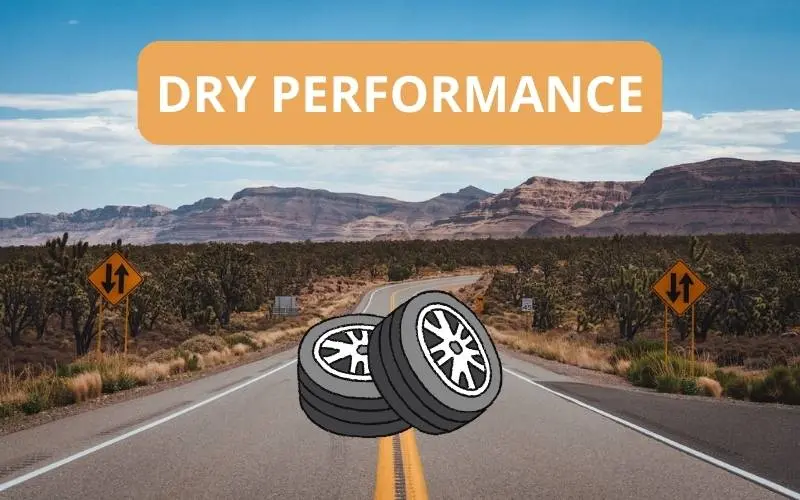
I’m going to compare the performance of two summer tires as they are the ideal type in dry weather.
I’m taking a look at the Kumho Ecsta PS91 vs the Sumitomo HTR Z5.
In my assessment as a tire performance reviewer, I would rate the dry performance of the Kumho Ecsta PS91 as 4.6 out of 5.
This tire has received highly positive ratings for its grip, braking ability, handling, and high-speed durability.
Its track-inspired performance and emphasis on traction, control, agility, and durability indicate strong capabilities.
On the other hand, the Sumitomo HTR Z5 scores slightly lower at 4.4 out of 5.
While it excels in dry handling and offers maximum performance in summer conditions, it falls short of a perfect rating.
Considering these ratings, the Kumho Ecsta PS91 appears to have a slight edge in dry performance.
2. Wet Performance
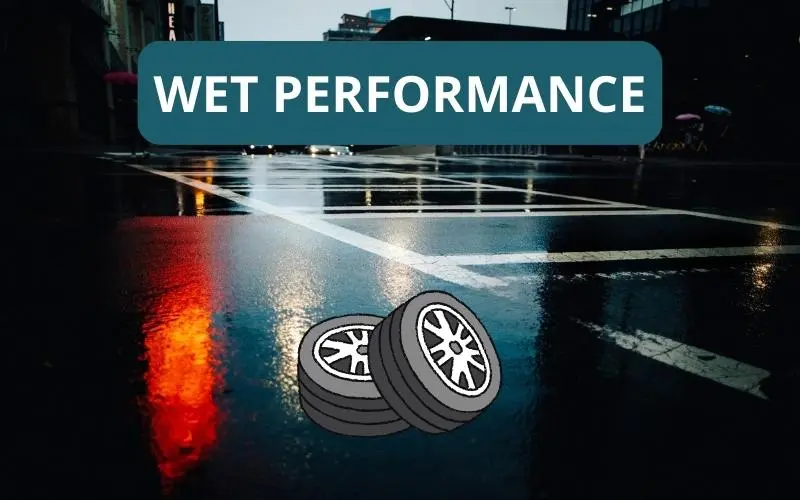
For the wet performance, I’ll be comparing the Kumho Solus TA71 vs the Sumitomo HTR A/S P02.
In my research, I rated the Kumho Solus TA71 tire’s wet performance at 4.1 out of 5.
While it offers somewhat reliable wet traction, there are mixed reviews regarding sudden breakaway in wet conditions.
The tire’s asymmetric tread design and wide grooves contribute to its wet performance, and some users have reported good traction.
On the other hand, the Sumitomo HTR A/S P02 tire received a wet performance rating of 4.4 out of 5.
Its silica-enhanced tread compound and asymmetric tread pattern provide excellent grip and stability on wet roads.
The tire’s design and reported ride comfort add to its wet performance score.
Although wet braking details are limited, the suggestion of its next-generation version outperforming it in wet braking indicates satisfactory wet braking performance.
Based on these findings, the Sumitomo HTR A/S P02 tire has a slight advantage in wet performance.
3. Snow Performance
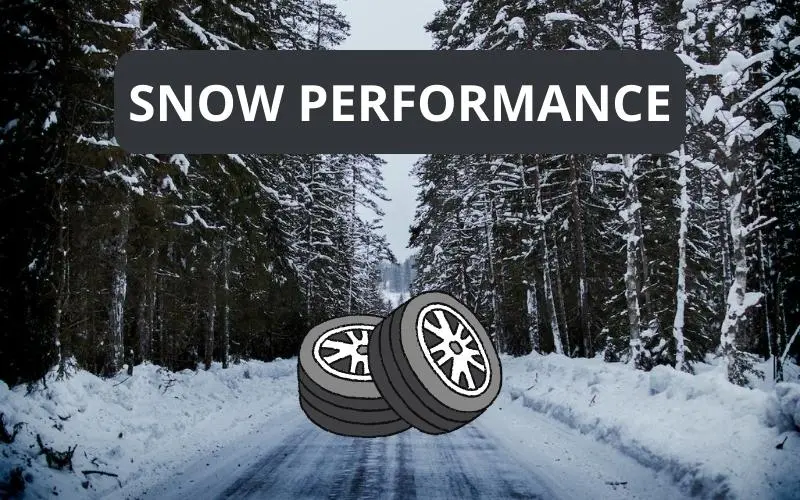
We all know that you need dedicated winter tires if you’re going to be driving on harsh winter conditions.
That’s why I’ll be comparing the snow performance of two specialized winter tires – Kumho WinterCraft WP71 vs Sumitomo Ice Edge.
As the one giving the snow performance rating from 1 to 5, I would rate the Kumho WinterCraft WP71 tire’s snow performance at 4.4, while the Sumitomo Ice Edge tire receives a rating of 4.5.
Both tires offer reliable snow performance, but the Sumitomo Ice Edge edges slightly ahead with its advanced technology, excellent traction, and studdable option.
Therefore, when considering snow performance alone, the Sumitomo Ice Edge tire emerges as the winner.
4. Mileage Warranty and Tread Life
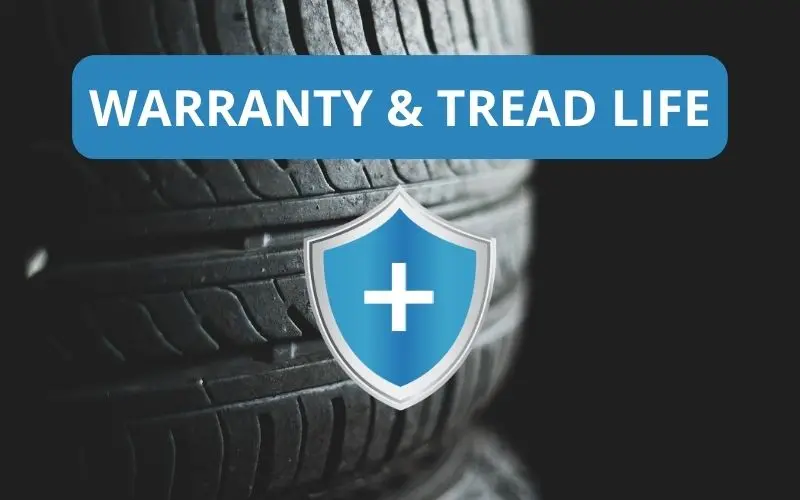
| Kumho | Sumitomo | |
| Treadwear Warranty | Replacement for unserviceable tires with more than 2/32″ tread remaining | up to 90,000 miles tread life warranty |
| Average Tread Life | Kumho tires are known for their long-lasting performance, with most of their tires lasting from 60,000 to 80,000 miles. | Overall, Sumitomo tires are known to have a relatively high lifespan, with most models lasting between 55,000 to 70,000 miles. |
Based on my research, both Kumho and Sumitomo offer impressive warranties for their tires.
Kumho provides a treadwear warranty that replaces unserviceable tires with over 2/32″ tread remaining.
On the other hand, Sumitomo offers an outstanding tread life warranty of up to 90,000 miles.
When it comes to average lifespan, Kumho tires are known for lasting between 60,000 to 80,000 miles, while Sumitomo tires typically offer a lifespan of 55,000 to 70,000 miles.
Both brands offer reliable performance and longevity, making them suitable choices for drivers seeking durability.
5. Prices
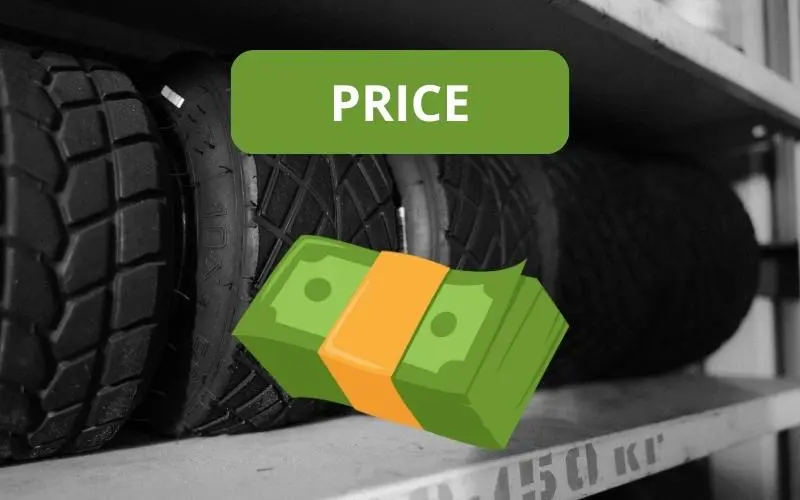
In this section, I’ll be taking a look at the price ranges of both tire brands – Kumho vs Sumitomo.
I’ll be using one of the biggest tire and wheel retailers in the US for this comparison – Discount Tire.
Here is a comprehensive table that showcases each brand has to offer:
| Kumho | Sumitomo | |
| Average Price Range (Discount Tire) | $54 to $550 /ea | $84 to $475 /ea |
| Cheapest Tire (Discount Tire) | Solus TA11 goes from $54 – $158 /ea | HTR Enhance LX2 goes from $84 – $162 /ea |
| Most Expensive Tire (Discount Tire) | Road Venture MT71 goes from $222 – $550 /ea | Encounter AT goes from $146 – $475 /ea |
6. Pros and Cons
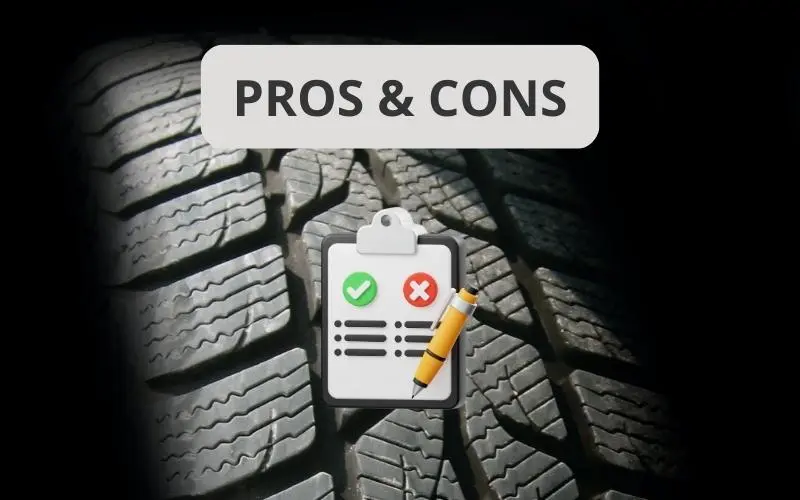
Kumho
| Pros | Cons |
| ✔ They can last a long time aka their tread life is amazing | ❌ Limited market presence |
| ✔ Good value for money | |
| ✔ They offer good performance |
Sumitomo
| Pros | Cons |
| ✔ Generally considered to have good performance, including grip, handling, and braking | ❌ None |
| ✔ Sumitomo tires are known for their affordable prices | |
| ✔ Widely available |
7. Popular Tires

Here are some notable tires from Kumho:
- Ecsta PS31
- Solus TA71
- Road Venture AT51
Some of Sumitomo’s best tires are shown below:
- HTR A/S P02
- HTR Enhance L/X
- HTR Z5
Which Is the Better Brand Overall?

Based on the assessment, the Kumho Ecsta PS91 performs slightly better in dry conditions, while the Sumitomo HTR A/S P02 has a slight advantage in wet performance.
In terms of snow performance, the Sumitomo Ice Edge tire emerges as the winner.
Both brands offer impressive warranties and good longevity.
Considering all these factors, it appears that Sumitomo edges out Kumho as the better pick overall.